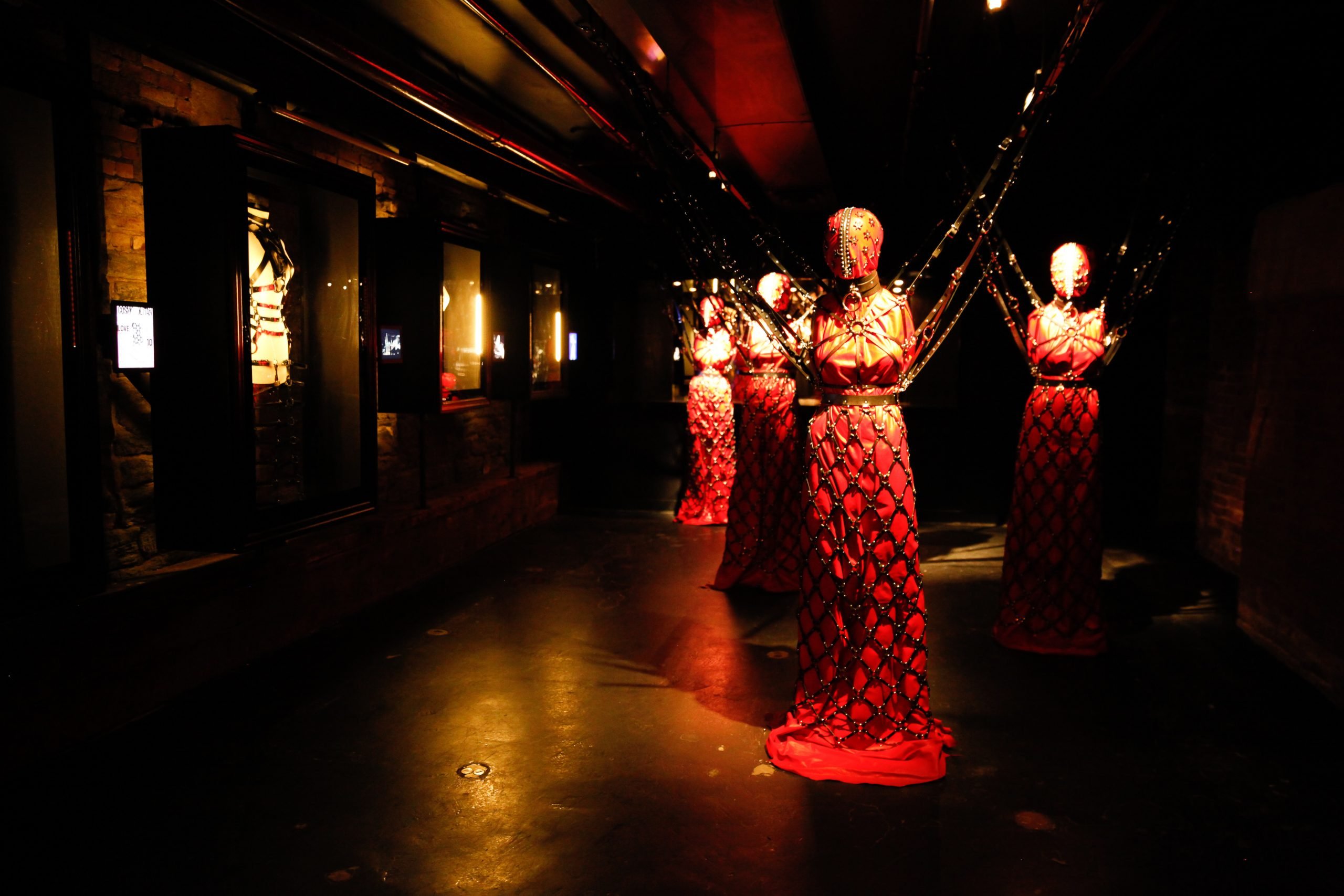
As the Museum of Sex (MoSex) turns 15, it’s experiencing some growing pains—perhaps inevitable for a teenager—needing to enlarge its footprint to accommodate more visitors and house more artworks. But executive director and founder Daniel Gluck is facing these challenges head on, with ambitious plans for an expansion and new partnerships with a wide range of cultural institutions, as the museum looks to expand its curatorial scope over the next four years.
Founded in 2002, MoSex celebrates New York City’s sexual diversity, and showcases the best scholarship on sex and sexuality—the first institution of its kind in the US. “The original vision for the Museum of Sex really hasn’t changed over the years,” stated Gluck in a email to artnet News. “What has grown is our ability to execute.”
Daniel Gluck, founder of the Museum of Sex. Courtesy of the Museum of Sex/Lissa Rivera.
“Our goal is to simultaneously feature exhibition in the arts, sciences, and social anthropology at any given time. We’ve recently focused more in the arts, while most of our previous exhibitions had focused on social anthropology. In the next four years we hope to refocus in these areas, exploring areas such as religion, wartime, the Weimar, and the singularity,” he added. “There are countless subjects we wish to explore within our exhibitions and programming. Sexuality is a subject that everyone can connect with, a uniquely powerful way to broaden understanding of human culture.”
With a nearly endless amount of subject matter to potentially cover, it’s no wonder that the museum is looking to expand, having already grown from 10,000 to 22,000 square feet. In the upcoming expansion, yet to be finalized, Gluck plans to add new galleries, an event space and auditorium, and a screening room.
“NSFW: Female Gaze,” currently on view at the Museum of Sex (installation view). Courtesy of the Museum of Sex/Charlie Rubin.
“We hope to realize the full potential of our mission with more ambitious exhibitions, collaborations, and programming,” he said. “This may include opening another location, but only if we are ready.”
With two million visitors under his belt since opening, Gluck also has plenty of assistance in his efforts to broaden the reach of MoSex. This year, associate curator Lissa Rivera has organized two highly publicized art exhibitions: “Known/Unknown: Private Obsession and Hidden Desire in Outsider Art” (on view through September 16) and “NSFW: Female Gaze” (on view through September 24); and, in June, the famed restaurant and club designer Serge Becker joined the team as creative and artistic director. Becker will be at the helm of MoSex’s four-year expansion plan and hopes to bring more art to the museum, while also building an educational and community outreach program.
The Museum of Sex. Courtesy of the Museum of Sex.
“The museum is this scrappy underdog that just keeps getting better, and I love to work in a start-up culture. It’s fast paced, uncomplicated, honest and very mission-driven,” Becker told artnet News in an email. “I would like the museum to hold onto that underdog ‘can do’ ethos as it grows. Many institutions become sclerotic and bureaucratic as they grow. I hope we can avoid that.”
The planned partnerships with other institutions stem from Gluck’s desire to highlight sex as a theme in other museum collections. “Coordinating with collections, institutions, and museums outside our own doors is essential to develop exhibitions that span the globe, which literally range from the sexual significance of New York City to the erotic heritage of China,” he explained.
“Night Fever: New York Disco 1977–1979, the Bill Bernstein Photographs,” currently on view at the Museum of Sex (installation view). Courtesy of the Museum of Sex/Lissa Rivera.
One planned collaboration is with Paris’s Musée d’Orsay, home to one of art history’s most famous sexually explicit works of art, Gustave Courbet’s L ‘Origine du monde (The Origin of the World), 1866. The museum’s website admits that Courbet’s many female nudes are often painted “in a frankly libertine vein,” but opts not discuss the sexuality in the work.
“Thanks to Courbet’s great virtuosity and the refinement of his amber color scheme, the painting escapes pornographic status,” the museum writes, noting the work’s place in the art-historical canon. “The ample, sensual brushstrokes and the use of color recall Venetian painting and Courbet himself claimed descent from Titian and Veronese, Correggio and the tradition of carnal, lyrical painting.”
Gustave Courbet, Origin of the World (1866). Collection of the Musée d’Orsay, Paris.
“Many institutions’ spectacular collections have rarely received focused attention within the framework [of sexuality],” said Gluck. “The Musee d’Orsay is one of many cultural institutions I’ve longed to collaborate with. We hope to expose the sexual significance of their collection, and feel extremely privileged for the opportunity to do so.”
Though some may bat an eye at the idea of a world class museum teaming up with one dedicated to sex, Gluck sees it as an obvious next step. “All institutions we have ever worked with, ranging from the estate of Keith Haring to the Library of Congress, have fully recognized the value of our mission and the seriousness of our approach,” he said.
“Zana Bayne: Collaboration,” currently on view at the Museum of Sex (installation view). Courtesy of the Museum of Sex/Matt Borkowski/BFA.
Gluck also does admit that the idea of a sex museum has become less taboo over the last decade and a half—”but only through the hard work of launching 30 world-class exhibitions in the arts, sciences, and humanities,” he insisted. “It was not easy. We’ve had no endowment or major funding. We’ve been able to do this through our own drive, hard work, sacrifice, and total commitment.”